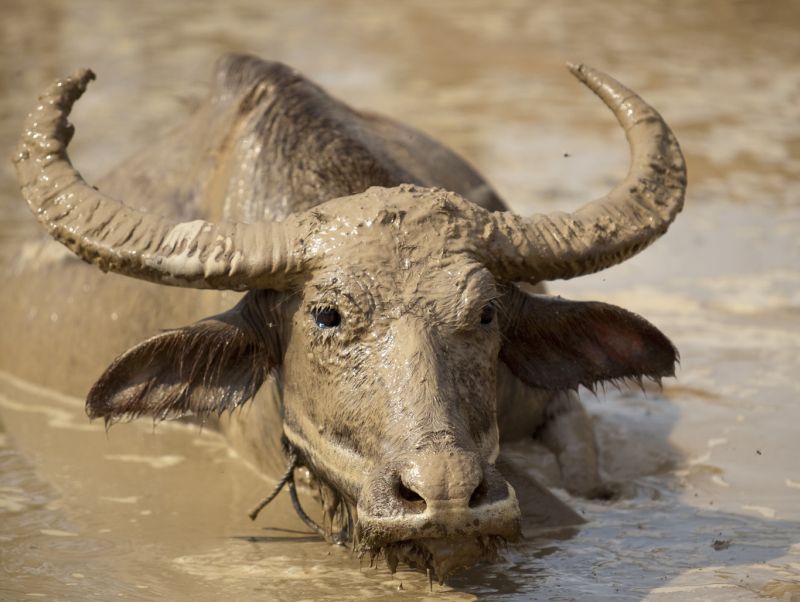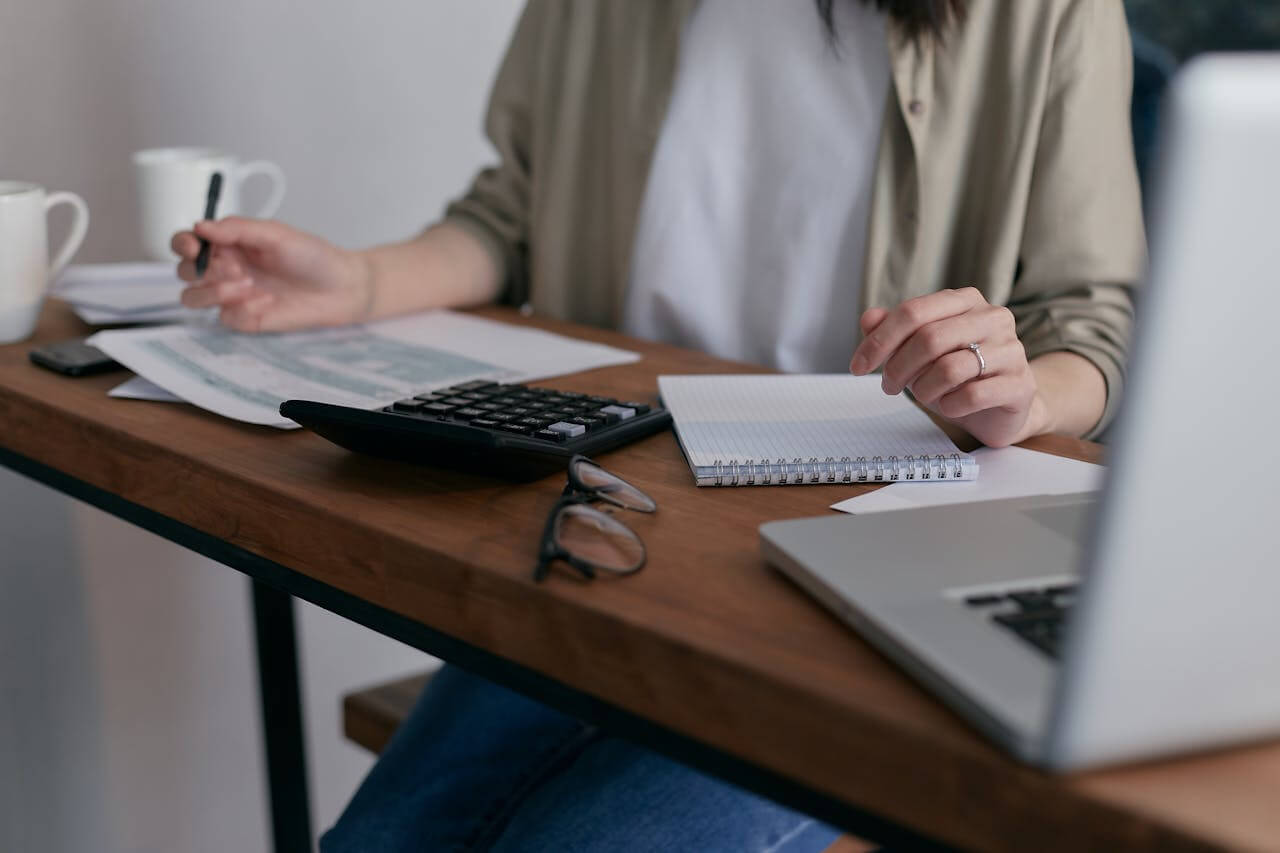Oxfam Australia has been working in Mrs Tom Sen’s village, Koakagnae, since the 1990s, supporting a range of projects as diverse as constructing a school, running a gender program, providing healthcare education — and establishing a buffalo bank.
In the final interview of our ‘Banking on buffaloes’ blog series, Sen talks about her involvement with the buffalo bank, describing how her life has changed since she received her gentle giant.
We hope you’ve enjoyed learning about our buffalo bank program, and seeing how your support of our appeals helps people like Met, Sokim, Na and Sen work their way out of poverty and into security, productivity and sustainability.
Can you give us a little background about yourself please?
I am 55 years old. I was born in this village and I’ve been married since 1972. My husband’s name is Choeun Ouk. He is 62 years old and he can read and write.
How many children do you have?
I have nine children, including three daughters.
What is your family’s main occupation?
We do rice farming, fishing and raise chickens and cattle. My husband and children are involved in these activities.
How long have you been involved in Oxfam Australia projects?
I have been involved … since 2005. I got involved in the buffalo bank, rice bank, cattle vaccination projects and received a water filter jar. I also got some training on health care, human rights and domestic violence.
I think the buffalo and rice bank projects are very good and provided a lot benefits to poorest in the village. I want Oxfam Australia to continue supporting the poorest by providing direction, initiatives and some resources.
How has your life changed since you received a buffalo?
I got a female buffalo from the project in 2009 but have not got a baby yet. Previously, we did the rice paddy by manual labour or rented a buffalo but now we use our buffalo. Low yields and rental fees for the buffalo meant my family had a lack of food for around three-to-four months between July and October each year. To deal with the shortage, we borrowed rice from the rice bank, did fishing for eating and raised chickens to eat and sell for extra income to buy additional rice.
After we got the buffalo from Oxfam Australia it is easier to plough farm land to use as a rice paddy. Now we also grow vegetables because we have more time; the buffalo makes rice farming quicker and easier. All together, these changes have lessened our food shortages.
So what are your plans for the future?
I am planning to increase my farm land when I have enough labour force (buffaloes) and I want to increase my family’s occupations.
Find out more
Read about Oxfam’s work in Cambodia
Donate to our Buffalo Bank Appeal and you’ll be helping more people like Sen



